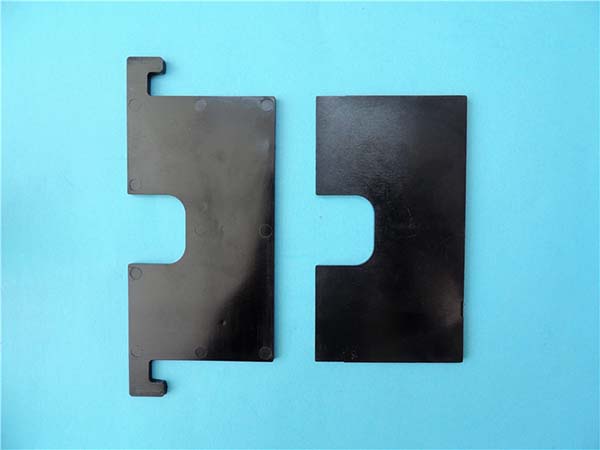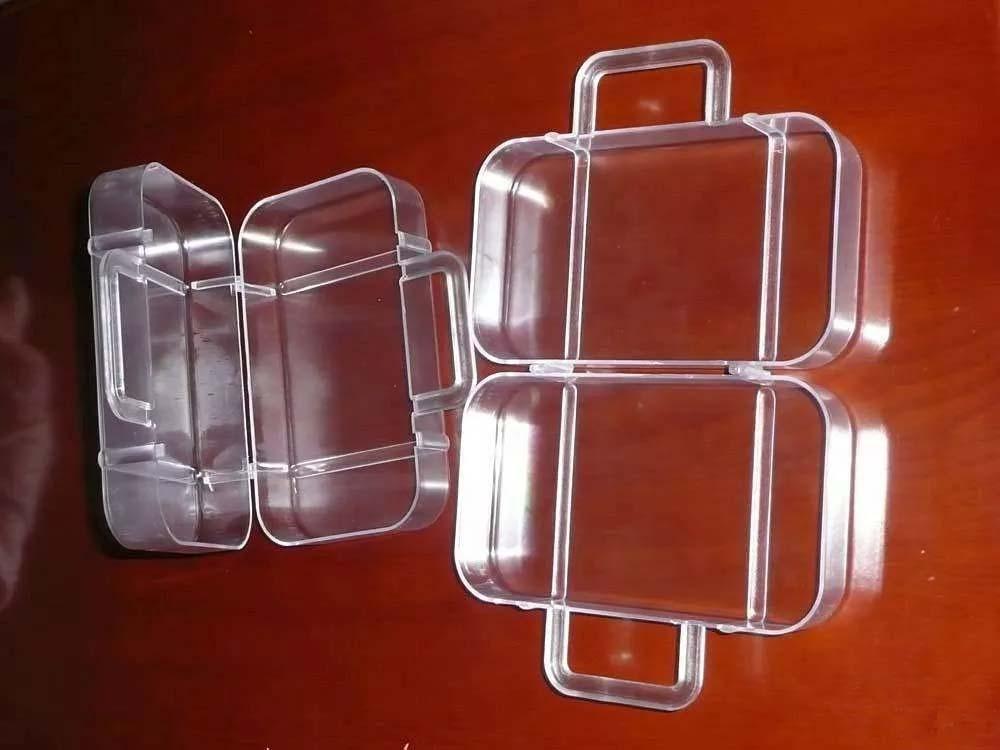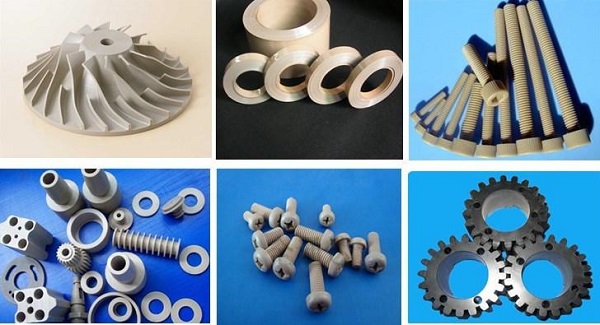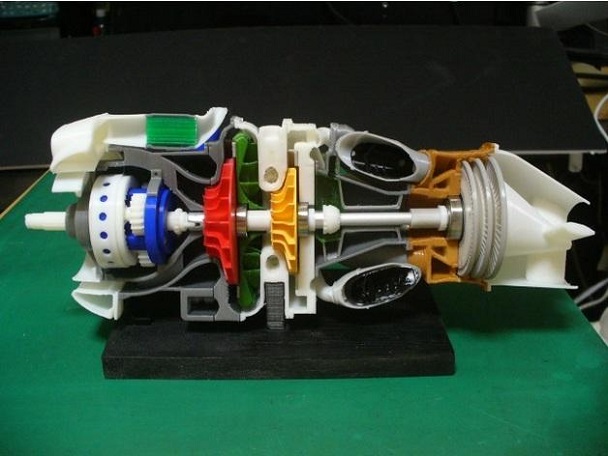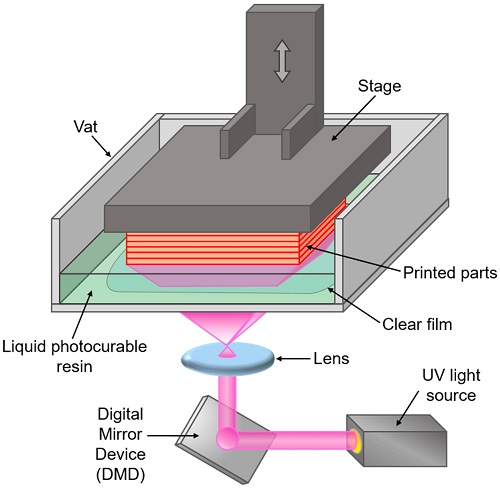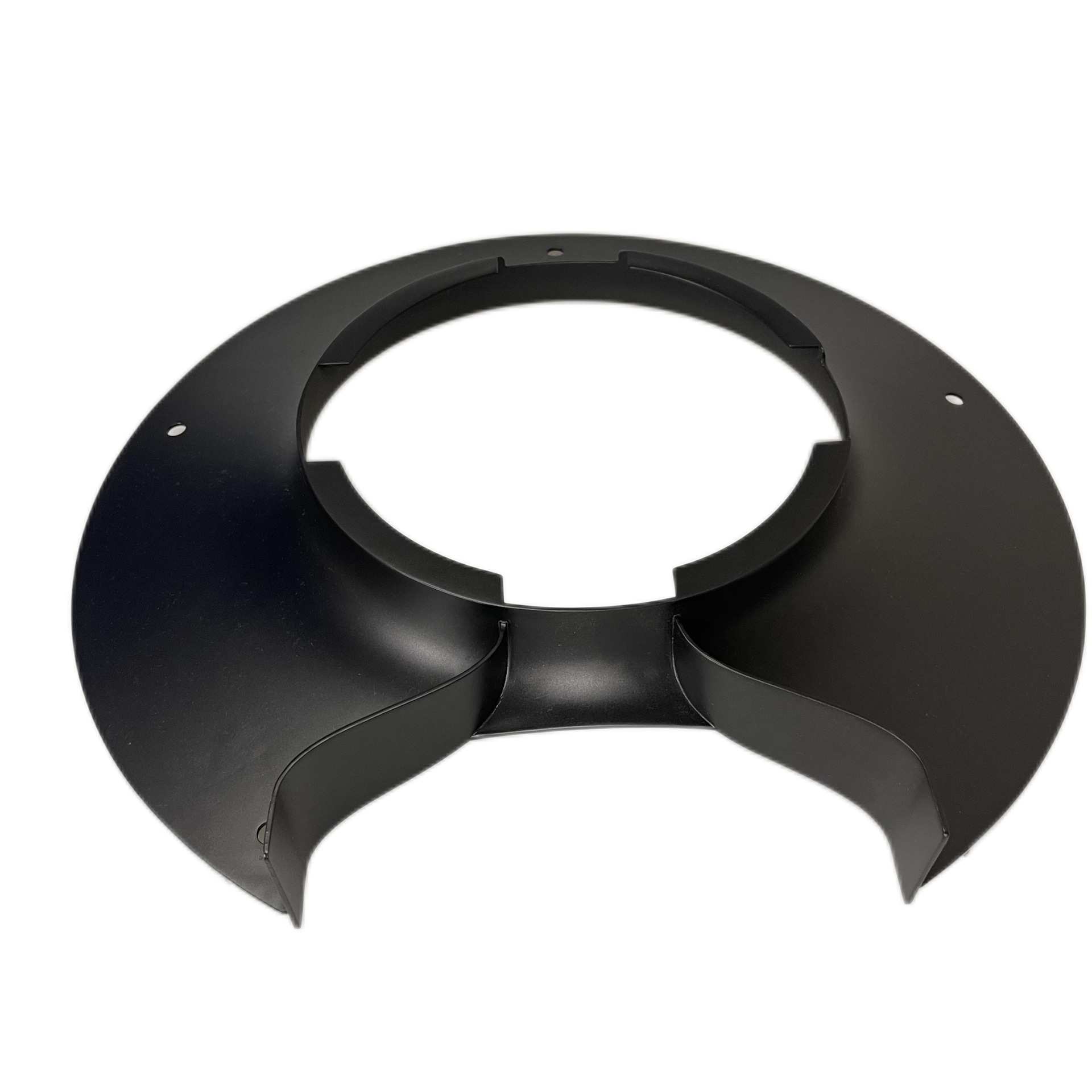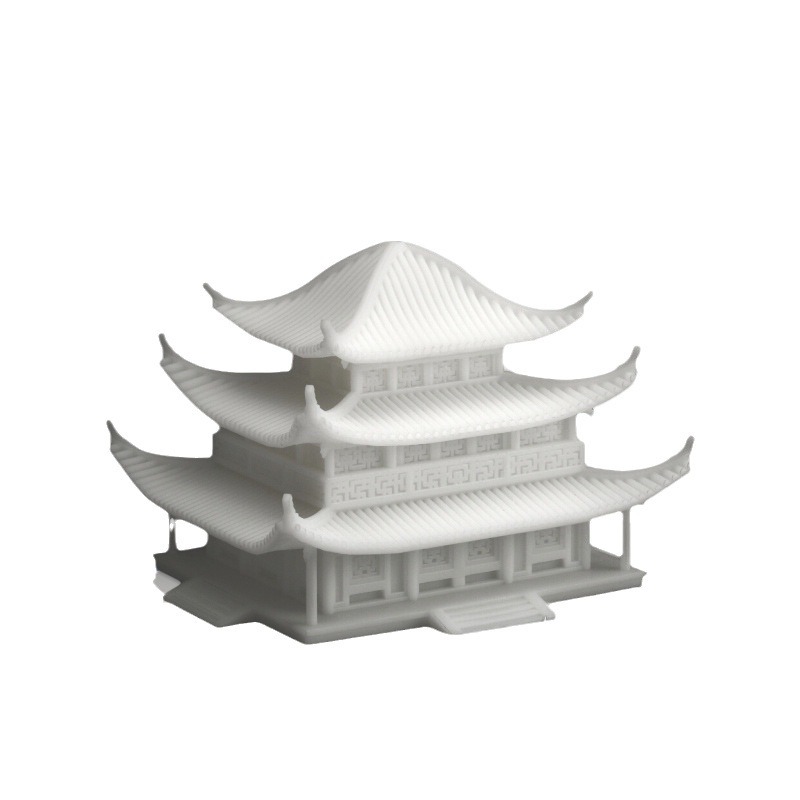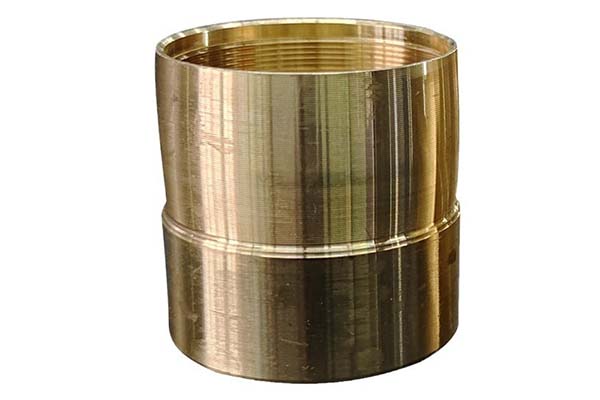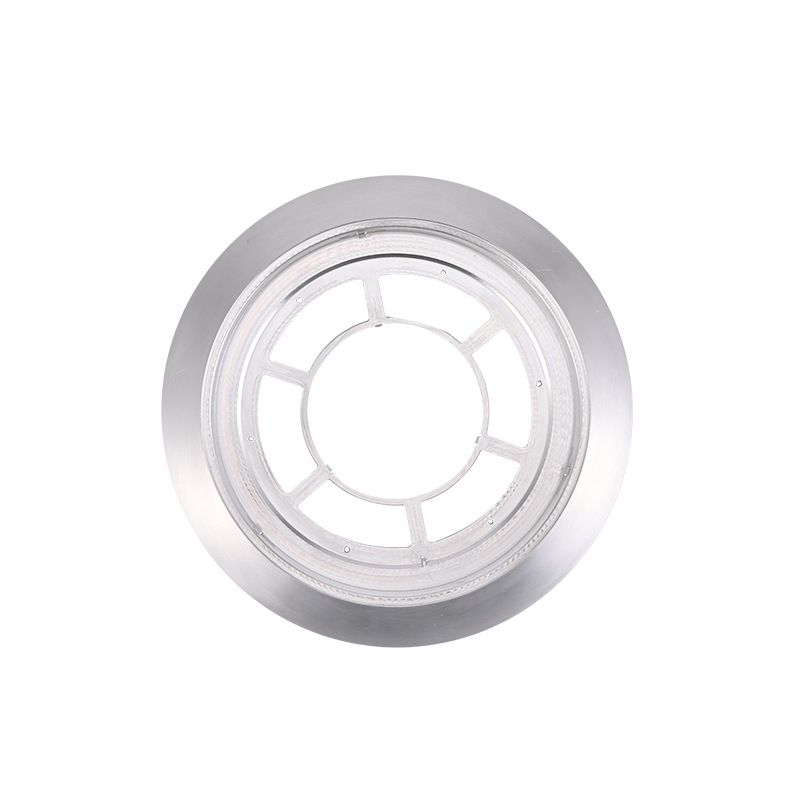Introduction
In the world of modern manufacturing and maintenance, the concept of 3D print replacement parts has emerged as a game - changer. But what exactly are 3D print replacement parts? As the name implies, these are components created through 3D printing technology to replace worn - out, damaged, or obsolete parts in various devices, machinery, and equipment.
The importance of 3D print replacement parts cannot be overstated. For individuals, it can be the difference between getting an old, beloved device back in working order without the hassle of finding a traditional replacement part that might be hard to source. For businesses, especially those in manufacturing, automotive, or aerospace industries, the ability to quickly produce 3D print replacement parts means reduced downtime. When a crucial machine breaks down, every hour of inactivity can cost thousands or even millions of dollars. With 3D printing, companies can print the necessary replacement parts on - site, getting the machinery up and running in a fraction of the time it would take to order a part from a traditional supplier. This article aims to explore the ins and outs of 3D print replacement parts, from the materials used to the design process, and help you make informed decisions when considering this innovative solution to your replacement part needs.
What are 3D Print Replacement Parts?
Definition and Basics
3D print replacement parts are components created through additive manufacturing, more commonly known as 3D printing. The 3D printing process involves creating a three - dimensional object by layering materials based on a digital model. This digital model is typically designed using computer - aided design (CAD) software or obtained from a 3D scan of an existing part.
The most common 3D printing technology is Fused Deposition Modeling (FDM). In FDM, a thermoplastic filament is heated and extruded layer by layer onto a build platform, with each layer bonding to the previous one. Stereolithography (SLA) is another popular technology, which uses a laser to cure a liquid resin layer by layer, creating highly detailed parts. Selective Laser Sintering (SLS) works by using a laser to sinter powdered materials, such as plastics or metals, together to form a solid object.
Materials Used
- Plastics:
- ABS (Acrylonitrile Butadiene Styrene): Widely used in 3D printing, ABS is known for its strength and heat resistance. It has a relatively high melting point, making it suitable for parts that need to withstand moderate temperatures. For example, in the automotive industry, ABS can be used to print small interior components. However, it has a tendency to warp during printing, which requires proper temperature control.
- PLA (Polylactic Acid): PLA is a biodegradable plastic made from renewable resources like corn starch or sugarcane. It is popular among hobbyists due to its ease of printing and low odor. It has a lower melting point compared to ABS, which makes it less suitable for high - temperature applications but ideal for creating decorative parts or prototypes, such as custom - designed phone cases.
- Metals:
- Aluminum Powder: Aluminum is lightweight yet strong, making it a great choice for 3D - printed replacement parts in the aerospace and automotive industries. Parts printed with aluminum powder can have excellent mechanical properties, similar to traditionally - manufactured aluminum components. For instance, some aircraft manufacturers are using 3D - printed aluminum parts to reduce the weight of their planes while maintaining structural integrity.
- Stainless Steel Powder: Stainless steel is highly resistant to corrosion, which makes it suitable for parts that are exposed to harsh environments. It can be used to print replacement parts for industrial equipment, like valves and fittings in chemical plants, where corrosion resistance is crucial. However, printing with metal powders often requires specialized equipment and post - processing steps, such as heat - treating, to achieve the desired mechanical properties.
| Material | Strength | Heat Resistance | Biodegradability | Cost | Printing Difficulty |
| ABS | High | Moderate | No | Low - Moderate | Moderate (warping issues) |
| PLA | Moderate | Low | Yes | Low | Low |
| Aluminum Powder | High | High | No | High | High (specialized equipment needed) |
| Stainless Steel Powder | High | High | No | High | High (specialized equipment and post - processing) |
Applications of 3D Print Replacement Parts
In Consumer Electronics
3D print replacement parts have found their way into various consumer electronics. For instance, in smartphones, when the charging port breaks, it can be a hassle to find an original replacement part, especially for older or less - common models. With 3D printing, users can print a replacement charging port. Some enthusiasts have even printed custom - designed back covers for their smartphones, combining functionality with personal style.
In the world of computers, 3D - printed replacement parts can be used for components like fan shrouds. If the original fan shroud in a desktop computer is damaged, a 3D - printed one can be created. These replacement parts not only save the cost of buying a new device but also extend the lifespan of the electronics, reducing electronic waste. A study showed that in a sample of 100 DIY electronics repair projects, 30% involved the use of 3D - printed replacement parts, with a success rate of over 80% in restoring the device's functionality.
In Industrial Machinery
For industrial machinery, 3D - printed replacement parts play a crucial role in maintaining operations. When a large - scale industrial machine breaks down, every hour of downtime can result in significant financial losses. With 3D printing, companies can quickly produce replacement parts such as gears, bearings, and brackets.
Take a manufacturing plant that uses large industrial robots. If a small but critical part in the robot's joint mechanism fails, instead of waiting weeks for a replacement part from the manufacturer, the plant can use 3D printing to produce the part in - house within a day or two. A case study of a large - scale manufacturing facility found that by implementing 3D - printed replacement parts, they were able to reduce their annual equipment downtime by 25%, resulting in a substantial increase in productivity and cost - savings.
Yigu Technology's Viewpoint
As a non - standard plastic and metal products custom supplier, Yigu Technology recognizes the significant advantages of 3D print replacement parts, especially in meeting small - batch and customized demands. 3D printing technology allows for the production of parts with complex geometries that are difficult to achieve through traditional manufacturing methods, making it a perfect fit for non - standard part requirements.
In Yigu Technology's perspective, 3D - printed replacement parts are not a substitute for traditional manufacturing but rather a complementary solution. For high - volume production of simple - shaped parts, traditional manufacturing still holds cost - effectiveness and high - efficiency advantages. However, when it comes to producing small quantities of customized or complex - shaped replacement parts, 3D printing shines. It can significantly reduce production time and cost for these special - case parts.
Yigu Technology is also actively exploring how to integrate 3D printing technology into its existing business. By doing so, the company aims to provide customers with more comprehensive and high - quality services, such as faster turnaround times for non - standard replacement parts, and the ability to create more innovative product designs that better meet the diverse needs of the market.
FAQ
Can 3D printed replacement parts match the quality of original parts?
The quality of 3D printed replacement parts can vary depending on the materials used and the 3D printing technology employed. In many cases, 3D printed parts can achieve quality levels comparable to, or even exceeding, those of original parts. For example, when using high - quality metal powders in SLS 3D printing for aerospace components, the mechanical properties of the 3D - printed parts can meet or surpass the requirements of traditional manufacturing methods. However, if low - quality materials or an inappropriate 3D printing process is used, the quality of the replacement parts may be compromised. So, with the right materials and techniques, 3D printed replacement parts can match the quality of original parts.
How long does it take to 3D print a replacement part?
The time required to 3D print a replacement part depends on several factors, mainly the complexity of the part and the performance of the 3D printer. For simple, small - scale replacement parts, such as a small plastic bracket, it may only take a few hours to print. A basic FDM 3D printer can print a simple part within 2 - 3 hours. However, for large and complex parts, like a detailed engine component with intricate internal structures, the printing time can be significantly longer. Using a high - end industrial 3D printer, it could take several days to complete the printing process due to the need to build the part layer by layer and ensure the integrity of the complex geometry.
What types of materials can be used for 3D printing replacement parts?
A wide range of materials can be used for 3D printing replacement parts. Plastics like ABS and PLA are commonly used. ABS is suitable for parts that need strength and moderate heat resistance, such as some automotive interior components. PLA, being biodegradable and easy to print, is great for creating decorative or low - stress parts, like custom - designed phone cases. Metals such as aluminum powder and stainless steel powder are also popular. Aluminum powder is used in aerospace and automotive industries for its lightweight and high - strength properties, while stainless steel powder is ideal for parts in harsh environments, like industrial equipment in chemical plants, due to its corrosion resistance. Additionally, ceramics can be used for 3D printing replacement parts in applications that require high - temperature resistance and chemical stability, such as in some industrial furnaces or high - performance engines.
